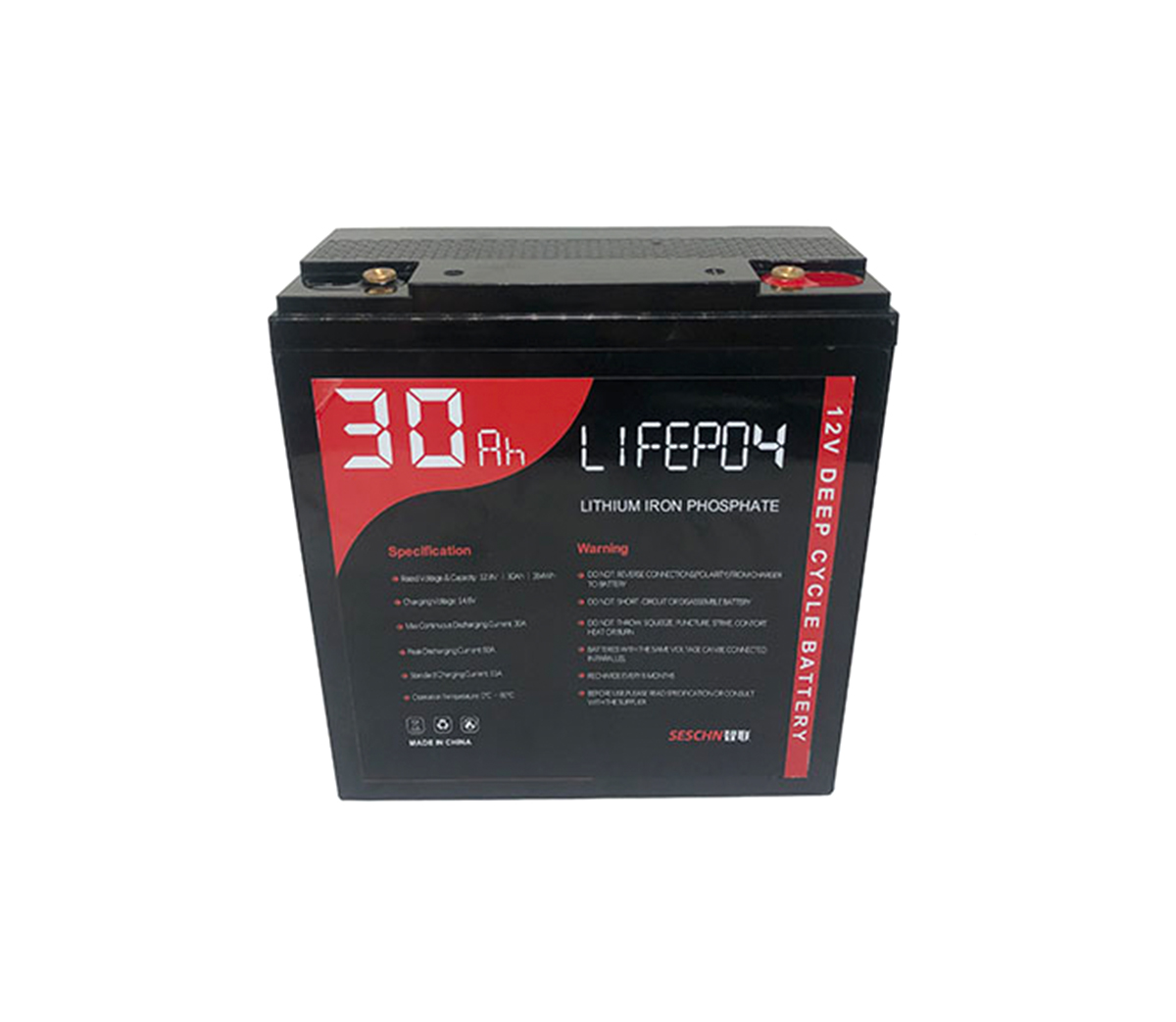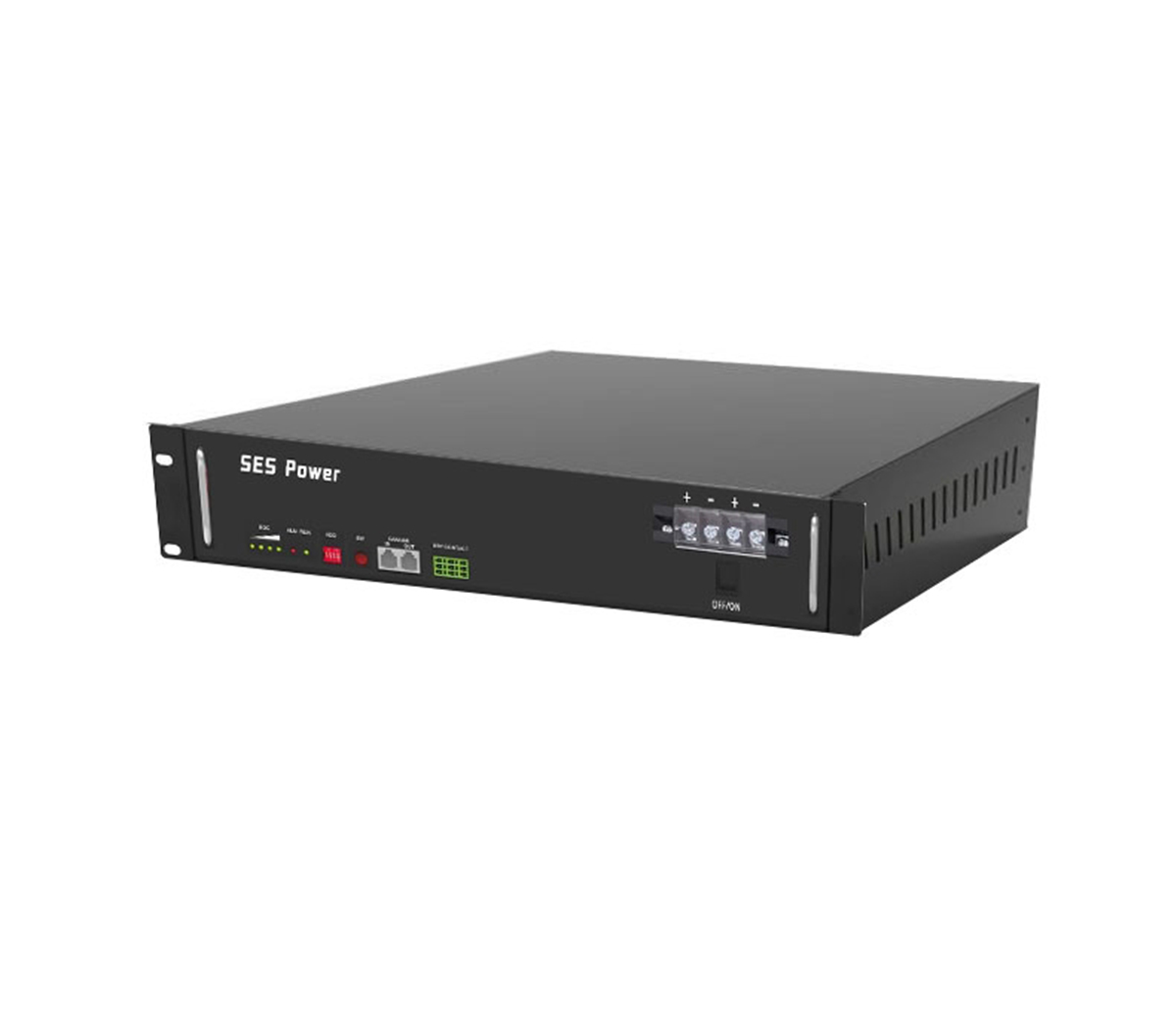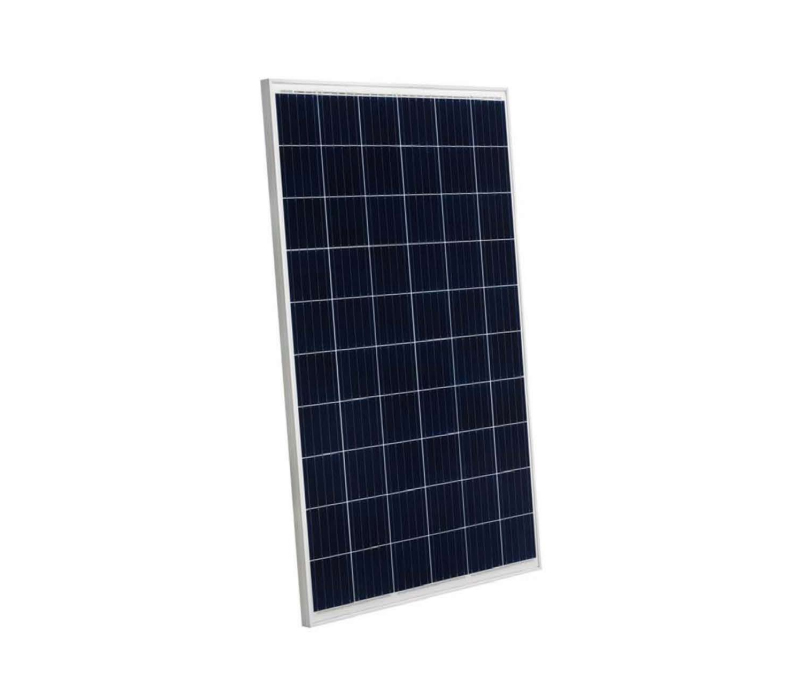Ma Zilin, the pre-sales technical director of Weihong Power Systems
(Huzhou) Co., Ltd., delivered a speech at the theme forum of "Business
Models-Discernment · Innovation and Application of Business Models".
Good morning, colleagues! I am Mazlin, from Weihong Power. We are in
Huzhou, a beautiful city on the edge of Taihu Lake. Today, we will introduce the
situation of Weihong Power's fast charging battery for more than ten years. The
energy crisis and environmental protection requirements have become increasingly
stringent. Western countries and developing countries such as India have
formulated different policies. Since 2009, our country has been assisted by
nearly four rounds of fiscal subsidy policies. In the past ten years, our
country has made great progress in new energy vehicles. . In 2017, the total
sales of new energy vehicles was 777,000, a year-on-year increase of 53.3%, of
which 578,000 were passenger vehicles, and the growth trend was very obvious.
The overall trend of passenger cars has gradually stabilized, with a slight
decline last year, and logistics cars have also increased significantly. It is
expected to reach the sales target of 2 million new energy vehicles by 2020,
which is basically in line with our strategic plan for 2025.
In 2017, battery shipments were 44.5GWh, a year-on-year increase of 44.5%.
Although battery sales have increased, prices have gradually tended to market
applications along with technological advances.
At present, there are about three main application modes for batteries in
our country: one is fast charging; the other is slow charging; and the third is
quick change. The proportion of batteries, the construction of quick-change
stations, and the investment complexity are relatively high, and its
applications are relatively small, such as Beiqi's quick-change applications.
The market is still dominated by slow charging. Slow charging bicycles have a
relatively large amount of aircraft to meet a day's cruising range. The same is
true for passenger cars. At the same time, it can use the low valley electricity
for charging at night, which is conducive to the optimization of energy
utilization, and the relative cost is relatively low.
There are many shortcomings in the application of fast-charge batteries.
The charging time of slow-charge batteries is long. At present, it takes three
to five hours. The operating efficiency of vehicles is relatively low. Long
charging time will occupy more charging stations. Currently in large and
medium-sized cities At present, it is difficult to have suitable land to build
large-scale charging stations, and the utilization rate of charging stations is
relatively low.
At present, the total energy density is basically the same. With the
guidance of national policies and technological progress, slow-charge batteries
have a large amount of power distribution. When the energy density of the
battery is similar, the weight is relatively heavy. For example, an electric bus
of more than 10 meters requires To meet the requirement of 200 kilometers per
day, the weight of the entire battery approaches two tons, which has a
relatively large impact on the energy consumption of the vehicle. The same is
true for battery safety. With more aircraft, battery safety is also a very
important point.
Weihong Power has been committed to the development of fast-charge
batteries for more than ten years, and has made great progress so far. The
fast-charge full power is 10-15 minutes, which can greatly improve the
efficiency of vehicle operation. Unilateral construction can be used. The pile
method solves the problem of line charging operation. The fast charging rate and
high lifespan cannot meet the demand, which will have a great impact on the life
of the entire vehicle.
In the later stage, our advantage has a long lifespan, and we can increase
the number of charging to ensure that the operating mileage of the day does not
decrease. I just talked about the issue of energy consumption. The efficiency of
fast charge battery turnover is relatively fast, and the relative power can be
lowered. Slow charge can be configured to 2500, 3000, fast charge can be
configured to 150, and a single run can run 100 to 120 kilometers. , Recharge
twice a day. The relatively slow charging weight is two tons lower, and the
electricity is lower than 0.1 kilowatt-hour per kilometer, which is conducive to
the reduction of energy consumption of the whole vehicle.
Weihong Power is committed to the research and development of high-safety
batteries. We research non-flammable electrolyte technology to solve the problem
of battery safety. The charging time is short, and our operating efficiency is
comparable to that of traditional vehicles.
Next, I will introduce the technical characteristics of fast charging
batteries. Since the establishment of Weihong Power in 2008, it has been the
research and development goal of fast charging, long life and high safety
lithium-ion power batteries. Charging is as convenient as refueling, and mileage
anxiety is no longer a problem for electric vehicles. The bottleneck of
development. Like buses, they generally require a lifespan of eight years, and
taxis require a lifespan of 600,000 in five years, so that the circulation of
second-hand cars can become possible. Safety has always been our biggest
concern. Battery safety is the core of the safety of electric vehicles.
Recently, Tesla has done a lot of things. Safety has always been our top
priority.
In the past ten years, we have been continuously improving the energy
density of batteries on the basis of fast charging, long life and high safety.
Up to now, our highest fast charging battery has reached 230Wh/Kg.
This is the main result of our research over the years. Weihong Power is an
enterprise that vertically integrates materials, batteries, and systems. The
most difficult problem with lithium carbonate is the problem of flatulence. Mr.
Chen also solved the problem of flatulence just now. Weihong Power suppresses
flatulence by inhibiting the overall reaction of the charging and discharging
solution. We have improved the material and you can see the X-ray pattern. , The
material properties have been changed.
Micropower’s diaphragm technology, the Micropower’s diaphragm follows its
predecessor, and its stability is quite good, which can greatly increase the
migration channel of lithium ions.
We have made statistics on the negative electrode material, the technology
called porous composite carbon. After this treatment, compared with traditional
graphite, it has increased by more than 20 times, greatly improving the
migration channel of lithium ions, ensuring fast charging and long life.
This is the fourth generation of products that we have launched since 2009.
The first generation is our lithium carbonate battery. The lithium carbonate
battery has the ability to charge continuously at six times. It can be fully
charged in ten minutes and can be charged and discharged 20,000 times. This is
our first investment in Chongqing in 2011, and now it has been in operation for
more than 7 years.
The second generation is a multi-element composite lithium battery launched
in 2013. It has a lifespan of more than 10,000 times, 15 minutes of fast
charging, and 4C continuous charging capabilities. So far, it has been
introduced to the market in 2014, and 70% of the country, about 13,000 units use
the second-generation multi-element composite lithium battery.
The third-generation energy density is 170Wh/Kg, and the system density is
115. We still maintain the 3C rate continuous fast charging capability, and the
life cycle is 7000 times to ensure the eight-year life design of the passenger
car.
Next is the new high-energy-density fast-charge battery launched in 2018.
The energy density reaches 220Wh/Kg, and the magnification is currently up to
2C. In actual application, it can be fully charged in about 20 minutes, and the
long cycle life can also be guaranteed. With the eight-year full life cycle
application, with the increase of energy density, the cost tends to be
market-oriented application.
While researching batteries, we have also done a lot of research on PACK.
This year we launched a new generation of standard commercial vehicle boxes,
which are 30% lighter than the traditional ones. The weight of the box plus the
upper cover is about At 16 to 17 kilograms, with high energy density, we use
advanced liquid cooling technology to exchange heat through cold plates. Nearly
6,000 vehicles were put into use last year, and they also use liquid-cooled
circulation technology. The temperature is controlled below 45 degrees, which is
fully adapted to the operation from summer to winter last year.
The energy density of the system battery pack is above 135Wh/Kg. In terms
of safety, in addition to the safety design of the battery cell just mentioned,
we have built-in silicone oil in the system and external MSD, which has a
certain delay effect. We ensure the safety of the entire system by moving the
switch.
Let’s introduce the application situation of our fast-charge batteries
since 2011. Our first fast-charge battery operation route is in Chongqing. We
invested 6 units in 2011 and added 25 units in 2012 to conduct demonstration
operations in Chongqing. As of March of this year, 21,000 sets of fast-charge
batteries are charged between 2C and 5C worldwide. This is the actual operating
data. So far, it has exceeded 1.9 billion kilometers, covering 13 countries and
more than 150 cities around the world. The safety accident caused by itself has
not happened yet.
This is the main global operating location. In addition to domestic, we
have overseas applications in Europe, the United Kingdom, Southeast Asia and
other countries and regions. There are more than 1,300 units in Europe, and
there are about 200 pure electric and hybrid applications in Southeast Asia and
Asia.
At present, the main domestic bus factories have cooperation, 75 bus
customers, and 56 OEMs. In addition to the passenger car field, we also have
many applications in mining trucks, energy storage, and ports. Our fast charging
is particularly suitable for heavy-duty industrial and mining operations, such
as ports and mines that operate continuously for 24 hours.
Relative to fast charging, slow charging has a large amount of
single-vehicle devices, but in general it is also limited, and it is also
limited for ultra-long mileage. Huzhou Kangda Bus, which runs 450 kilometers in
a single day, must be equipped with at least 600 kilowatt-hours of electricity.
It is rarely equipped with such a large electric vehicle in China. In 2016,
Kangda Bus chose our fast-charging battery, matching the multi-element composite
lithium with more than 150 kilowatt-hours of electricity. It is 150 kilometers
per trip. It is charged twice when it is busy, and charged once per trip when it
is not busy. The number of recharges per day is four to four. Five times. So
far, it has run more than 5.66 million kilometers, and bicycles have run more
than 180,000 kilometers. The data is about two years. Very suitable for fast
charging applications.
Our battery cell application conditions in Europe. In 2014, we launched
more than 1,000 red double-decker buses in London, which can be regarded as
London's business card. In the early days, American batteries were used. His
battery was a 300-kilowatt motor. He found that the battery was not good. In
2013 I looked for our battery test every year and tested it for a year. The
working conditions measured 10,000 times attenuation of 10%. In 2014, it began
to provide batches, about 300 units per year, and more than 1,000 units were
matched in 2016. The longest operation is close to For 4 years, it is still in
continuous and stable operation.
Another case is the largest pure electric order in Europe. 100 18-meter
pure electric vehicles are equipped with 169 kWh of electricity. One special
thing is that he adopts the extremely electric charging mode. It will be put
into operation in February this year. 300 kilometers, which is also very
representative.
In addition to the main passenger car sector, we also have a lot of
applications in forklifts and other fields. At present, the cooperation with
CATL of CATL is about 20 minutes of charging to ensure 6 to 8 hours of
application. We have set up in this place, and the charging series and parallel
structure have been changed. The application of fast charging can be achieved in
one click, and we have successively invested about 200 units this year.


































